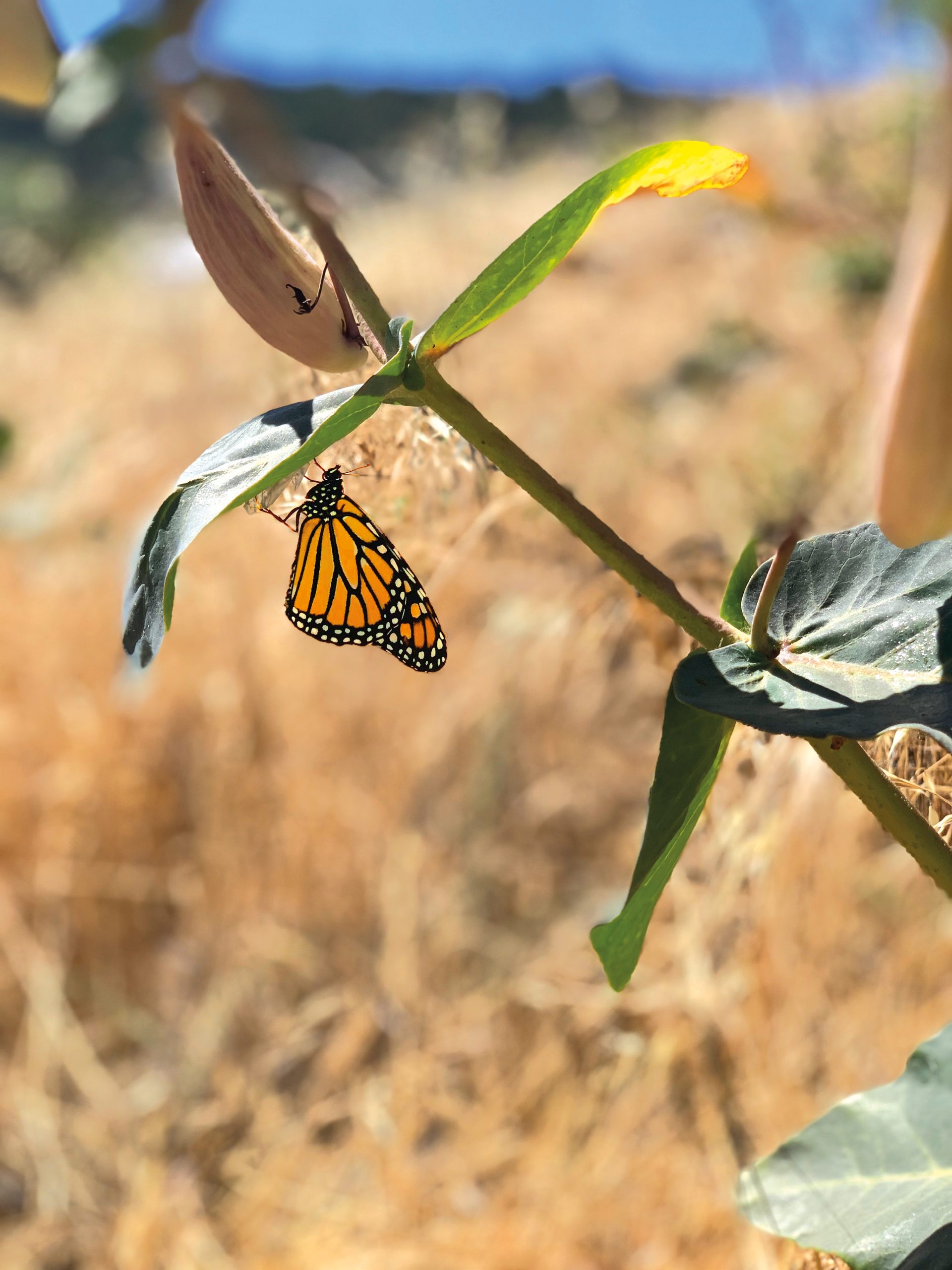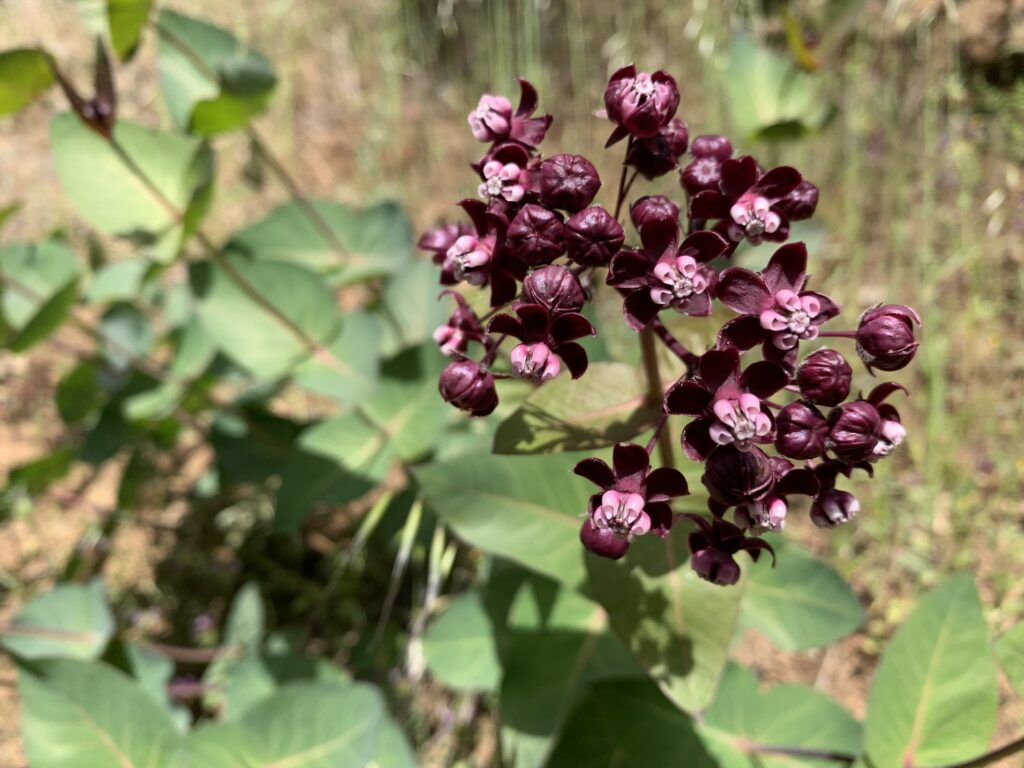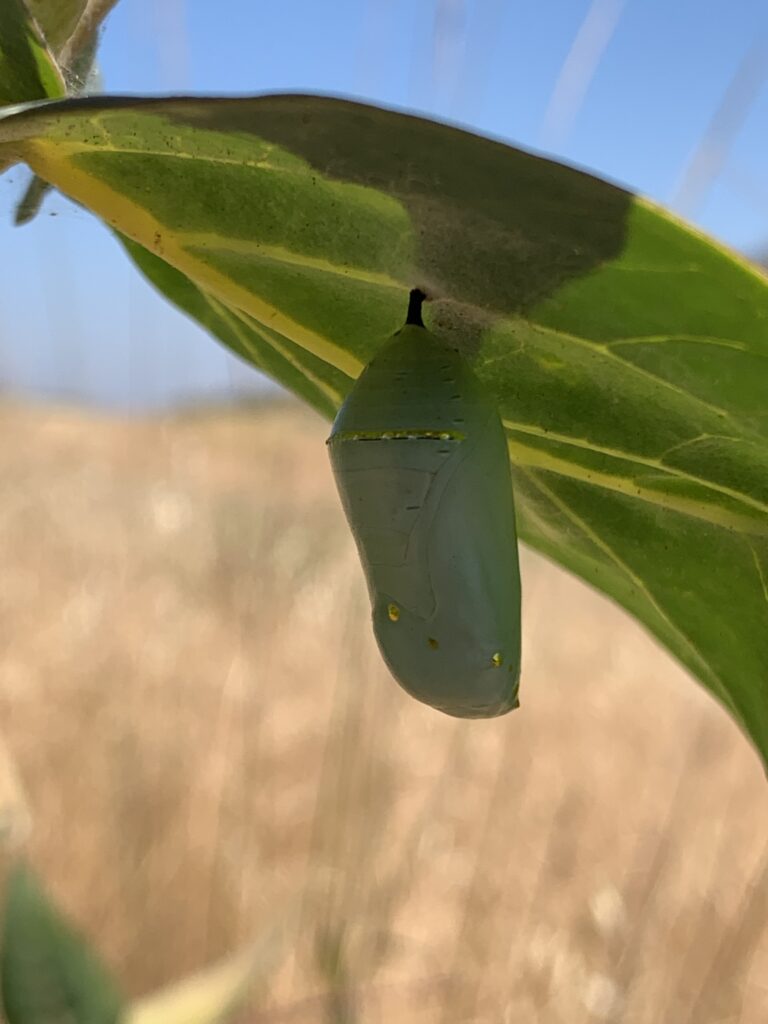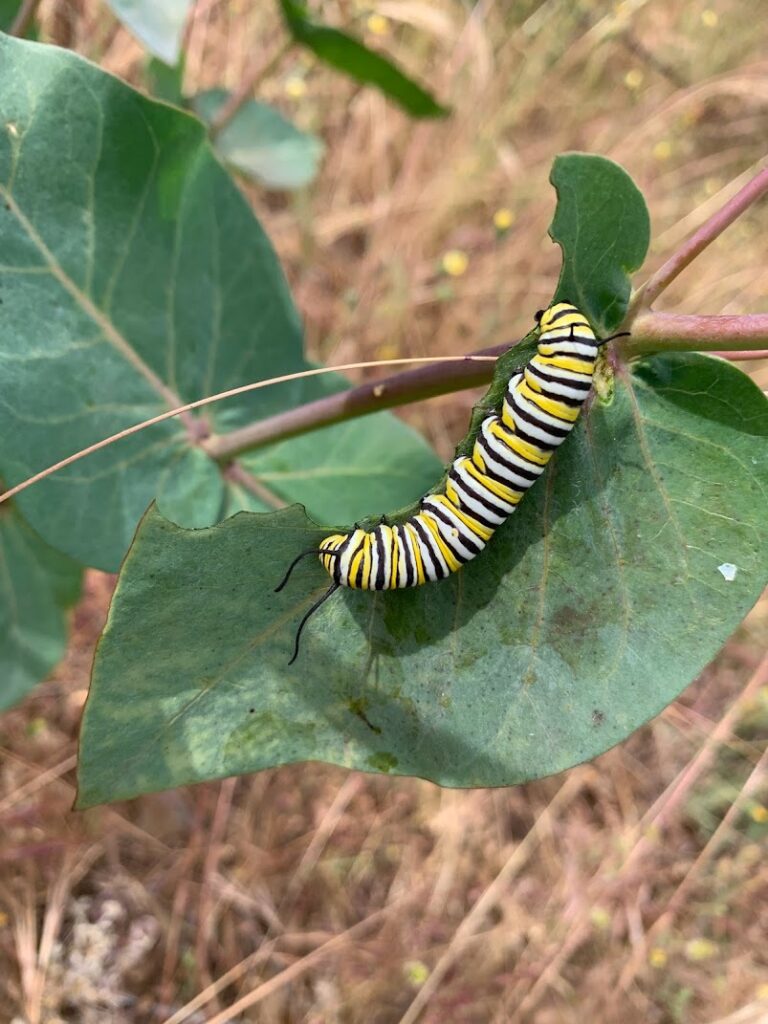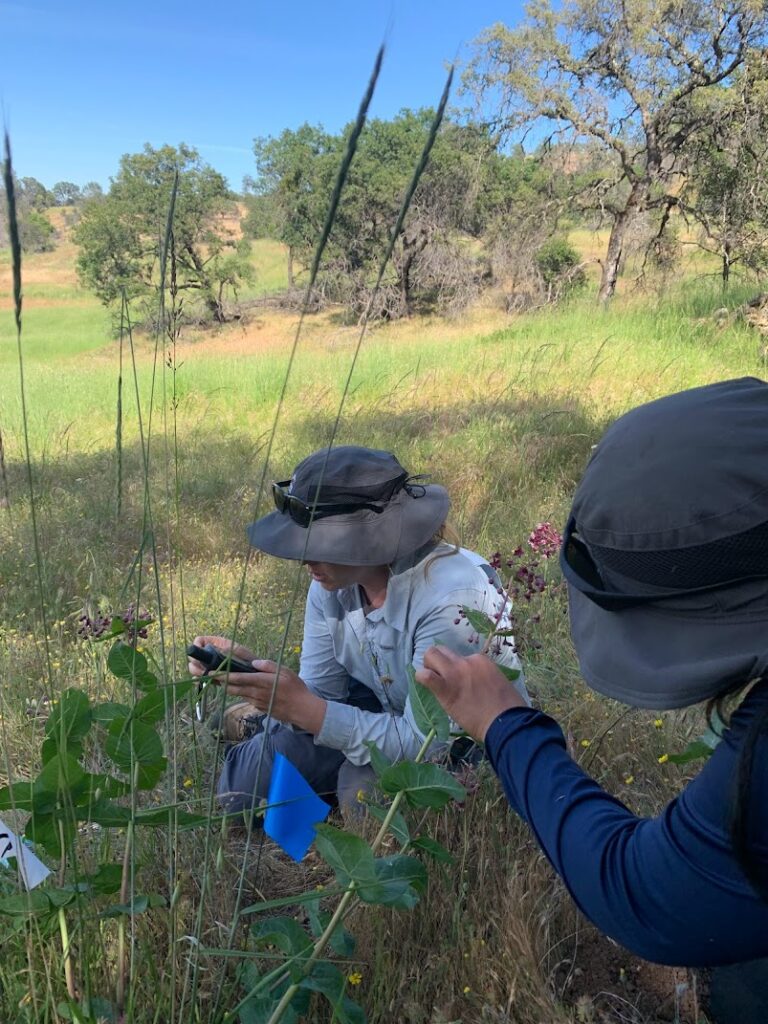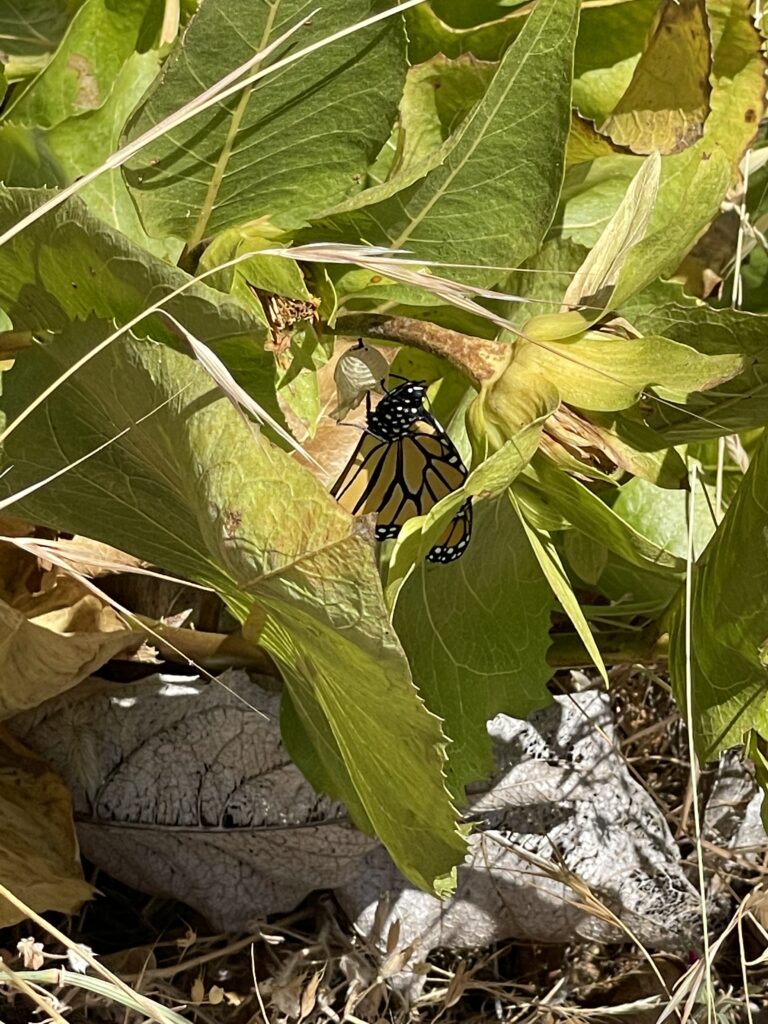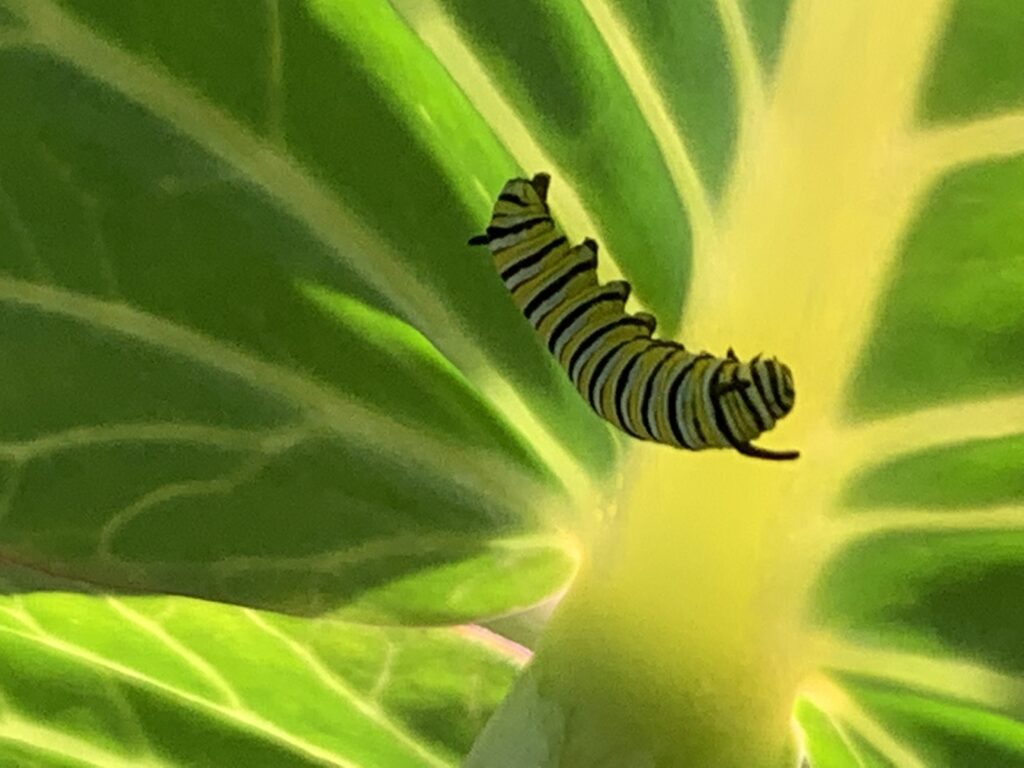The Western Monarch Butterfly, Danaus plexippus, is one of nature’s most delicate wonders—a species that embarks on a breathtaking migratory journey spanning thousands of miles. But in recent years, their numbers have plummeted due to habitat loss, climate change, and pesticide use. Here in Napa County, the Land Trust of Napa County (LTNC) is taking action to help reverse this trend.
Through our Western Monarch Habitat Improvement Project, funded by a grant from the U.S. Fish and Wildlife Service and a local funder, we have been working to propagate essential native plants, remove invasive species, and collaborate with key conservation partners to create more habitat needed for this butterfly’s survival. With the help of our partners at the Laguna de Santa Rosa Foundation Nursery, American Conservation Experience (ACE), and many dedicated volunteers, we have already made tangible progress at one of our preserves.
Native Plant Propagation: A Vital First Step
One of the biggest challenges facing monarchs is the loss of native host and nectar plants. Monarch caterpillars depend on milkweed species, and the adult butterflies on a variety of native nectar plants. On our 1,400-acre Sutro Preserve on Atlas Peak, we had a healthy population of heartleaf milkweed, Asclepias cordifolia, a species that emerges early in the year, a fact that could prove to be especially important as climate change complicates the coordinated timing that is needed between monarchs and host plants in order to ensure successful migrations.
Heartleaf milkweed (Asclepias cordifolia)
In the last two years, our team has:
- Collected seeds of heartleaf milkweed and nectar-producing species at our Sutro Preserve.
- Taken them to Laguna de Santa Rosa Foundation Nursery, a native plant nursery, for propagation.
- Brought the seedlings back to the preserve and successfully planted over 1,000 of them, both heartleaf milkweed and nectar plants.
- Gathered seeds for another planting of 800 seedlings planned for the fall of 2025.
Monarch chrysalis
Monarch caterpillar
Fighting Invasive Species to Protect Habitat
Besides planting native species, this type of restoration project requires another key step. Invasive species can threaten native plants and diminish efforts to provide monarchs with the food sources they need. That is why LTNC has also been working to remove harmful invasive species at key restoration sites. With the help of the ACE crews, and volunteers, LTNC has successfully:
- Cleared invasive Harding grass, barbed goat grass and yellow starthistle from monarch habitat sites.
- Prepared sites for future planting and restoration, ensuring that the newly propagated seedlings will have the best chance for survival.
Community Collaboration and Education
Monarch conservation is a shared responsibility. That is why LTNC has joined forces with the Western Monarch Society, Napa Resource Conservation District (RCD), Monarch Joint Venture, and the U.S. Fish and Wildlife Service (USFWS) to raise awareness and provide resources for habitat restoration across the region.
In addition to the efforts to enhance populations of milkweed and nectar species on our property, with our partners, we have:
- Assisted in purchasing a greenhouse for the Western Monarch Society’s program to provide milkweed seedlings for students and others who want to grow milkweed in their gardens and yards.
- Hosted a site visit for a documentary filmmaker who is working on a documentary that will highlight the challenges faced by monarchs and the importance of monarch conservation efforts.
- Lead a public volunteer planting event to engage community members in hands-on restoration work.
What is Next?
The work is far from over. As we move into 2025, we are preparing for another significant planting season, with hundreds of seedlings set to be planted on the preserve. We will also pursue additional invasive species management, seed collection, and community outreach to inspire more people to join the effort.
By restoring the native plants needed by monarchs and by fostering collaboration, we are working toward the goal of nurturing a positive and lasting impact on monarch populations in Napa County—one that will hopefully allow future generations to continue to witness their astonishing migrations.
Want to Get Involved? Join us in protecting the Western Monarch. Keep an eye out for volunteer opportunities later this year to help with our planting efforts and support vital habitat restoration.
Heartleaf milkweed seedpods
LTNC staff monitoring plant growth and health
Monarch on chrysalis
Monarch caterpillar
